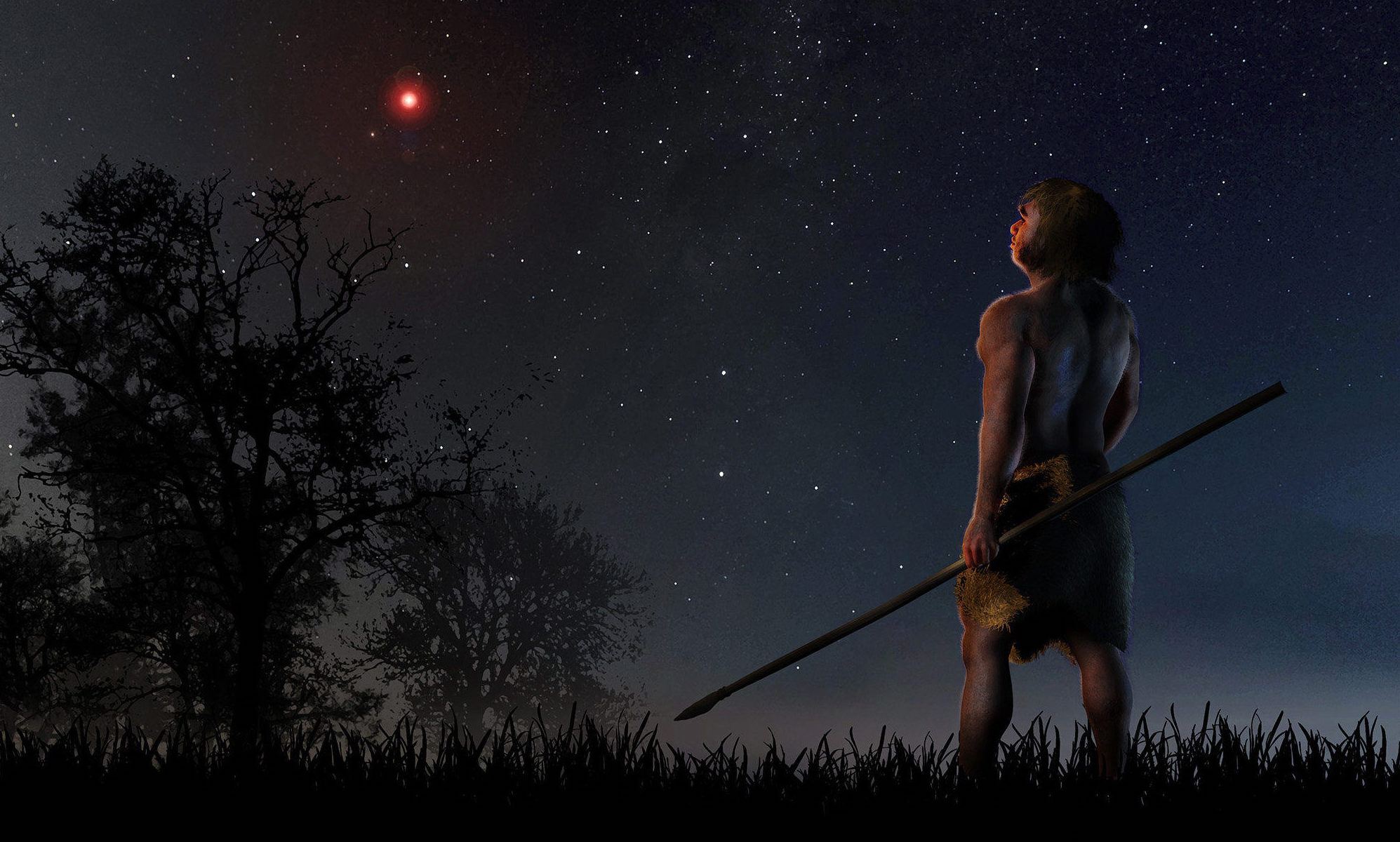The orbit of Earth around the Sun is always changing. It doesn’t change significantly from year to year, but over time the gravitational tugs of the Moon and other planets cause Earth’s orbit to vary. This migration affects Earth’s climate. For example, the gradual shift of Earth’s orbit and the changing tilt of Earth’s axis leads to the Milankovitch climate cycles. So if you want to understand paleoclimate or the shift of Earth’s climate across geologic time, it helps to know what Earth’s orbit was in the distant past.
Fortunately, Newtonian mechanics and the law of gravity work backward in time as well as forward. We can use Newtonian dynamics to predict eclipses and the trajectories of spacecraft to the outer solar system, but we can also use it to turn back the clock and map Earth’s orbit into the deep past. Within limits.
Since there is no exact solution for the orbital motion of more than two bodies, we have to run our calculations computationally. A bit of chaos comes into the works, so any uncertainty we have in the current positions and motions of large solar system bodies decreases the accuracy of our retrodiction the further back in time we go. Fortunately with radar ranging and other measurements, our computations are so accurate we can trace Earth’s orbit back 100 million years into the past with some confidence. Or so we thought because a new paper demonstrates we’ve been overlooking the gravitational effect of passing stars.

Most stars are too distant to have any measurable effect on Earth’s orbit. They tug upon our world no more than the distant rocks of the Oort Cloud. But now and then a star will make a close approach. Not close enough to throw our solar system into chaos, but close enough to give the solar planets a gravitational nudge. The most recent close approach was HD 7977. Right now the star is about 250 light-years away, but 2.8 million years ago it passed within 30,000 AU or half a light-year of the Sun. It may have passed as close as 4,000 AU from the Sun. At the larger distance, the gravitational effect of HD 7977 would be negligible, but at the closer end of the range, it would be significant. When you add this into the computational mix, the uncertainties of Earth’s past orbit make it difficult to be confident more than 50 million years. And that has a significant impact on paleoclimate studies.
For example, about 56 million years ago Earth entered a period known as the Paleocene-Eocene Thermal Maximum, where global temperatures rose 5 – 8 °C. Orbital models point to the fact that Earth’s orbit was particularly eccentric during that time, which could be the underlying cause. But this new study raises the uncertainty of that conclusion, meaning that other factors such as geologic activity may have played a major role.
It’s estimated that a star passes within 10,000 AU of the Sun every 20 million years or so. This means that as we map Earth’s orbital motion deeper into the past, we must also look for effects that may be written in the stars.
Reference: Kaib, Nathan A. and Raymond, Sean N. “Passing Stars as an Important Driver of Paleoclimate and the Solar System’s Orbital Evolution.” Astrophysical Journal Letters 962 (2024): L28.

